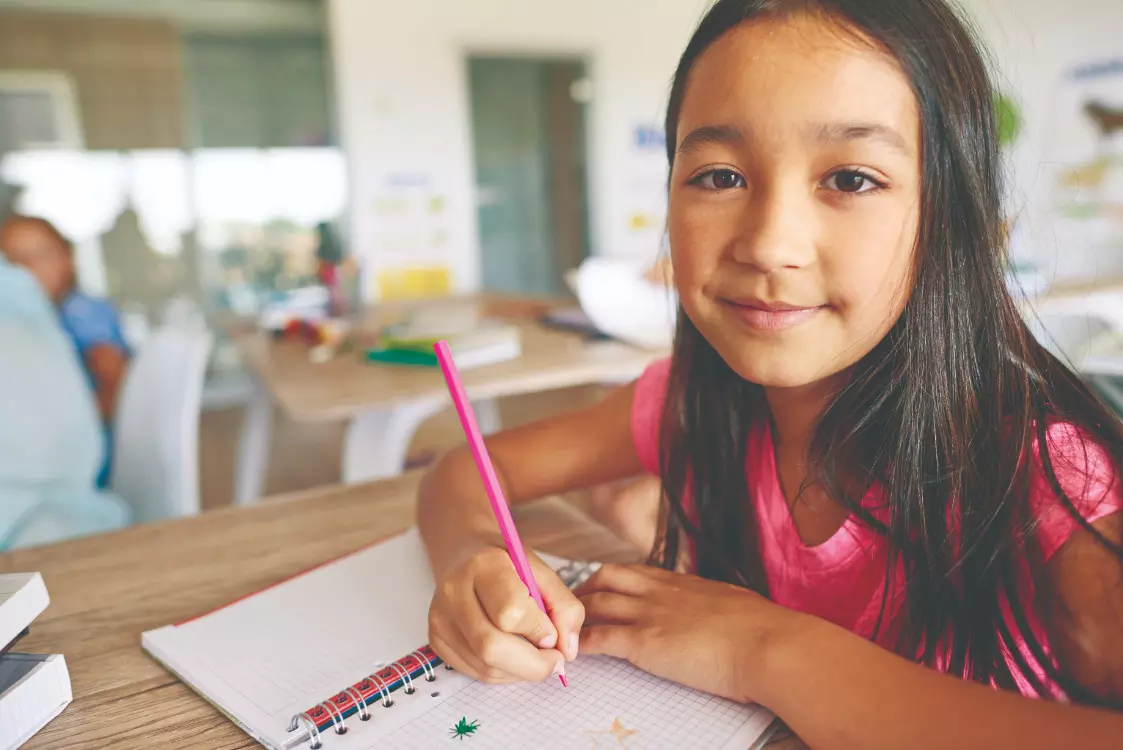133 million girls still out of school: UNESCO report

Despite the world’s growing commitment to equality, millions of girls are still being left behind when it comes to education. Around 133 million girls remain out of school today, a staggering number that underscores how far we still are from achieving true gender parity.
Three decades after the Beijing Declaration pledged to achieve full gender equality in education, UNESCO’s latest findings reveal a story of both progress and persistent inequality. Since 1995, enrolment rates for girls in primary, lower, and upper secondary education have nearly caught up with those of boys. Today, 91 million more girls attend primary school and 136 million more are in secondary school than 30 years ago. In higher education, the growth is even more striking. Female enrolment has more than tripled, from 41 million to 139 million.
Yet, the picture remains uneven across regions. Central and Southern Asia have reached parity in secondary education, but sub-Saharan Africa still struggles to close the gap. In Oceania, girls have fallen further behind, while in Latin America and the Caribbean, boys are now less likely to stay in school through the secondary level. Poverty and geography continue to deepen disparities in countries such as Guinea and Mali, for instance, very few young women make it to school at all.
Even where enrolment has improved, quality and inclusivity often lag. Only about two-thirds of countries make sexuality education compulsory at the primary level, and three-quarters at the secondary level. UNESCO stresses that closing these gaps will take more than getting girls into classrooms. Governments must embed gender-transformative approaches in curricula, open up leadership pathways for women, ensure comprehensive sexuality education, protect students from gender-based violence, and invest in robust data systems to guide policy and measure progress.



